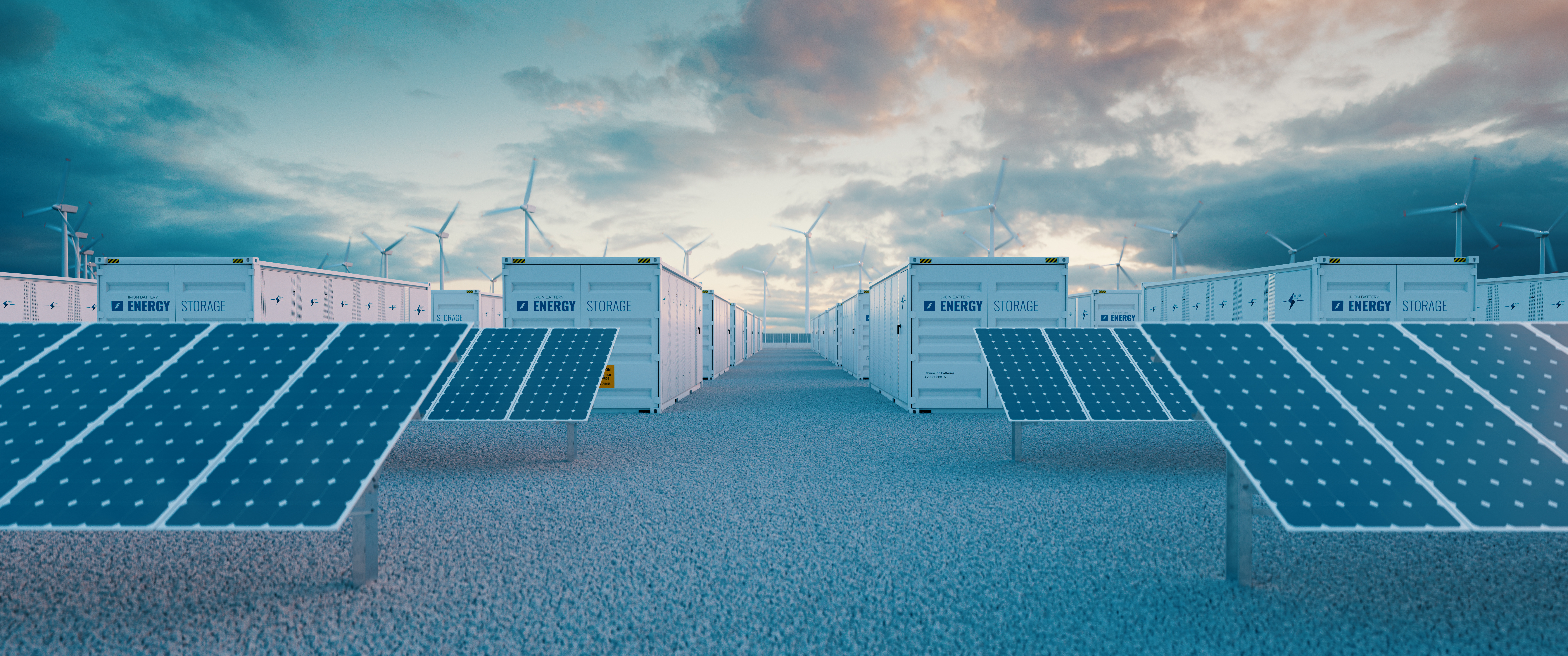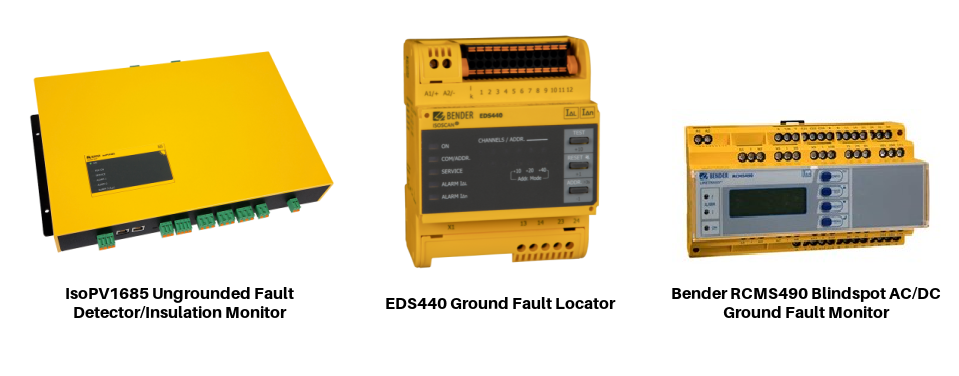Common BESS and PV System Setups

The push for alternative energy and greener sources of power is well underway, but there exists a gap in codes and standards that govern the electrical safety and integration of DC-coupled systems, battery-based energy storage, and PV hybrid systems. Bridging this gap in codes and standards is essential to ensure safe, reliable operation and ensure that the system is provided as designed and expected.
The industry is made up of many different integrators, OEMs, and contractors, and when left unchecked, issues present themselves very late in the project cycle, often at the time of commissioning and project delivery. This can create an unstable system resulting in undesirable delays in project delivery and completion.
Addressing 4 Commonly Overlooked Items
Below are four of the most commonly overlooked items that should be addressed early in the project lifecycle. By doing this, the project delivery can be shortened and the most robust installation can be provided.
- Battery systems store high-voltage ungrounded DC power and require insulation monitoring. This prevents ground faults from going undetected, therefore offering fire prevention, reduced damage to equipment, and increased availability/uptime.
- Voltage fluctuates based on the time of day and transitions from night into day, heavy dew, and rain. These changes along with the associated unique impedances on DC-coupled systems require specialized ISO-PV insulation monitoring. Without specialized monitoring, nuisance tripping and reduced availability can occur, negating the benefits of the system.
- Battery container and inverter OEMs do not always include insulation monitoring as a standard package. Oftentimes, only basic monitoring circuitry is provided versus a large-scale, application-specific ISO-PV. A discussion should take place at the onset of system design to determine which entity involved is best suited to provide the specialized insulation monitoring required for a reliable system. Bender has the ability to provide ground fault location using the EDS440.
- The PV field has different needs for monitoring since that is typically AC grounded and requires the ability to also monitor for DC ‘Blindspots’. This requires a specific ground fault relay with the ability to sense both AC and DC ground faults, such as Bender's RCMS490.

Have a need for a similar solution? Bender can help!
Please do not hesitate to engage Bender in your design discussions, our team of application engineers and regional-based resources have extensive experience in applying and supporting insulation monitoring and ground-fault monitoring for your DC-coupled systems.
For more information about this application or to learn more about Bender technology related to your specific application, contact our team of experts.
This article is for informational purposes only. Bender provides the information "as is" without warranty and is not responsible for its accuracy or reliability. No warranties are given regarding its suitability for any specific circumstances.




